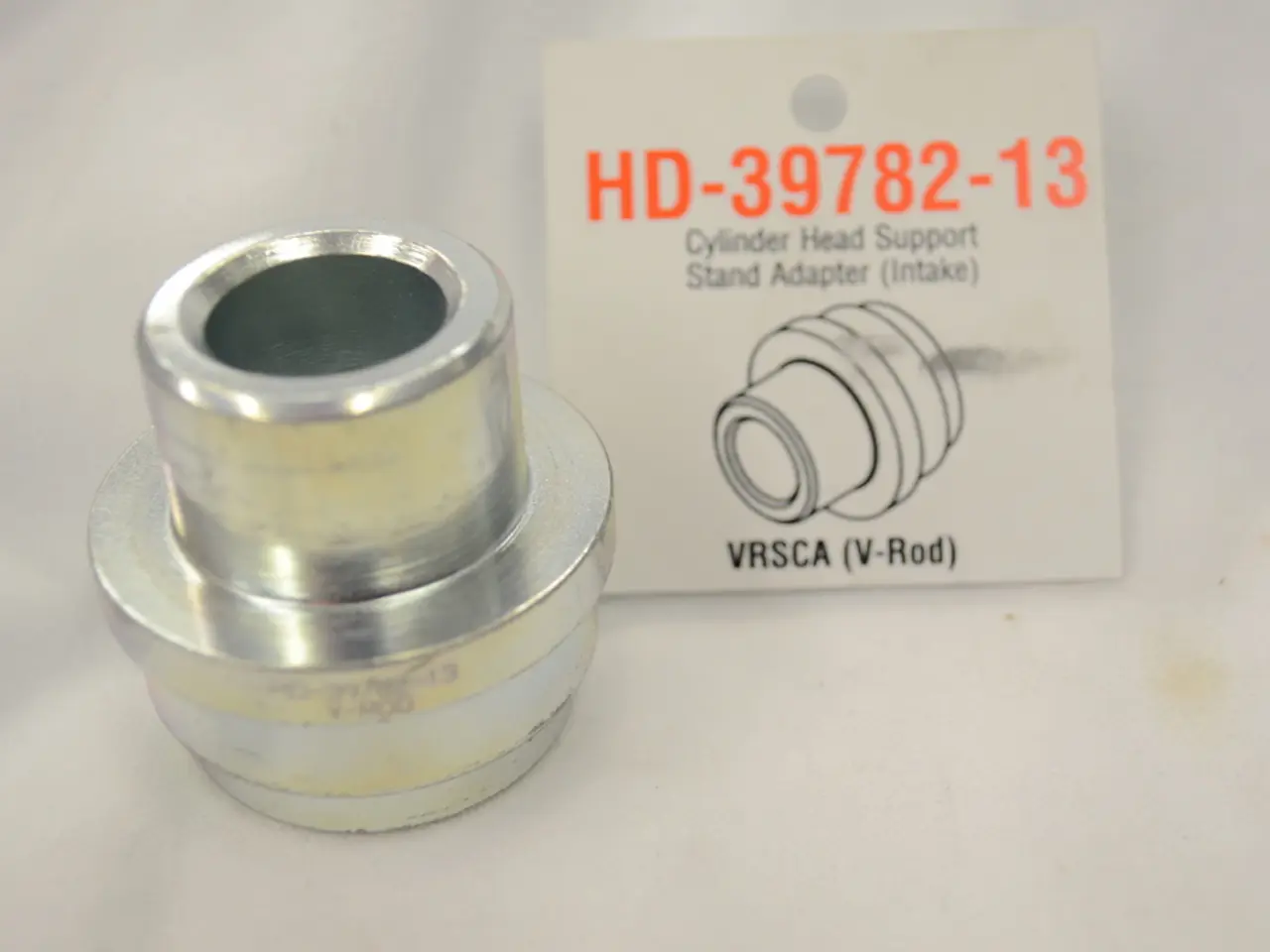Regulatory Standards Governing Electronic Component Assembly in Medical Devices
In the realm of medical technology, the importance of adhering to stringent regulations cannot be overstated. When it comes to Printed Circuit Board Assembly (PCBA) for medical devices, authorities like IPC, ISO, and FDA set the standards to ensure the highest levels of manufacturing quality, safety, reliability, and regulatory documentation.
The Role of ISO 13485
ISO 13485, the key international standard for medical device quality management systems, mandates strict process validation to ensure consistent manufacturing quality. This validation involves Installation Qualification, Operational Qualification, and Performance Qualification to confirm that each PCB batch meets predefined quality and performance criteria. The standard emphasizes controlling every step from material selection to final inspection, ensuring repeatability and reliability critical for patient safety.
IPC Standards and their Importance
IPC-A-610, a standard from the International Printed Circuits Association (IPC), defines workmanship and acceptance criteria for electronic assemblies. For medical devices, Class 3, the highest standard, is suitable as it ensures reliability in life-supporting environments. IPC-7711/7721 covers repair and rework standards to maintain assembly integrity. Compliance with these standards ensures defect minimization, reliable solder joints, component placement, and overall PCB assembly quality necessary for medical use.
FDA Guidelines for Medical PCBs
The Food and Drug Administration (FDA) mandates rigorous testing and documentation to ensure safety and compliance of medical PCBs. This includes requirements for biocompatibility of materials, long-term reliability testing, and comprehensive documentation confirming that PCBs meet safety standards over the device’s lifecycle. The FDA also emphasizes adherence to Quality Management System Requirements (QMSR), often overlapping with ISO 13485 requirements.
A Summary of Key Guidelines
| Regulatory Body | Key Guidelines for PCBA in Medical Devices | |-----------------|----------------------------------------------------------------------------------------------------| | ISO 13485 | Quality management system; process validation (IQ, OQ, PQ); consistent manufacturing & inspection | | IPC | IPC-A-610 Class 3 for highest quality and reliability; workmanship and rework standards (IPC-7711/7721) | | FDA | Biocompatibility, safety compliance, accelerated aging tests, documentation, adherence to QMSR (often aligned with ISO 13485) |
Together, these standards require medical device PCBA manufacturers to ensure the highest levels of manufacturing quality, safety, reliability, and regulatory documentation throughout design, production, testing, and quality control processes to ensure patient safety and regulatory compliance.
Sierra Circuits, a reputable PCB manufacturer, adheres to all aspects of the lifecycle of printed circuit boards for conforming to all necessary regulations for medical applications. They provide efficient boards along with proper documentation, ensuring all requirements are met. However, it's important to note that sterilization of medical devices is not included in their ISO 13485:2016 certification, as it is not the final touch in their assembly process.
In addition to these standards, it's crucial to consider other aspects such as HIPAA (Health Insurance Portability and Accountability Act) for the protection of personal health information, and FDA requirements like quality system regulation, labeling requirement, medical device reporting (MDR), Premarket notification 510(k), and Premarket approval (PMA) for ensuring compliance.
In the end, the goal is to create medical devices that not only meet the technical requirements but also offer a balance between functionality and usability to create a desirable product for both healthcare professionals and patients. By adhering to these standards and guidelines, manufacturers can ensure the safety, reliability, and regulatory compliance of medical devices, ultimately contributing to improved patient outcomes.
[1] https://www.iso.org/standard/53933.html [2] https://www.ipc.org/standards/ipc-standards-library/ipc-a-610/ [3] https://www.iso.org/standard/68043.html [4] https://www.ipc.org/standards/ipc-standards-library/ipc-7711-7721/ [5] https://www.fda.gov/medical-devices/quality-and-compliance-resources/quality-system-regulation
In the context of medical device PCBA, ISO 13485 imposes strict process validation to ensure consistent manufacturing quality by implementing Installation Qualification, Operational Qualification, and Performance Qualification.On the other hand, IPC-A-610, a standard from the International Printed Circuits Association (IPC), defines workmanship and acceptance criteria for electronic assemblies, with Class 3 mandated for medical devices as it ensures reliability in life-supporting environments.




